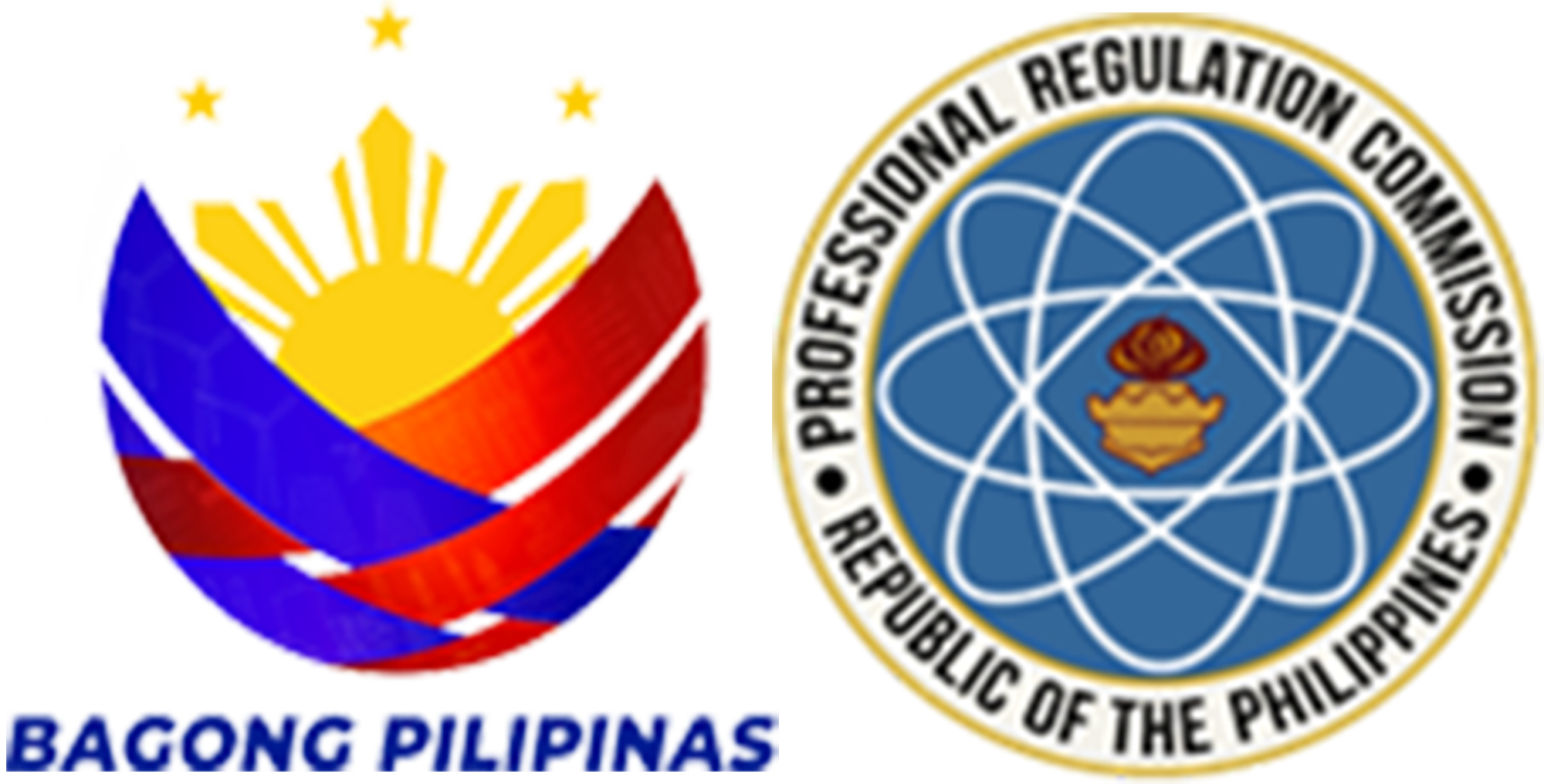Scope of the Practice of Customs Broker
Customs Broker Profession involves services consisting of consultation, preparation of customs requisite document for imports and exports, declaration of customs duties and taxes, preparation signing, filing, lodging and processing of import and export entries; representing importers and exporters before any government agency and private entities in cases related to valuation and classification of imported articles and rendering of other professional services in matters relating to customs and tariff laws its procedures and practices.
A customs brokers and shall be considered in the practices of the profession if the nature and character of his/her employment in private enterprises requires professional knowledge in the field of customs and tariff administration. He/She is also deemed in the practice of custom Broker profession if he/she teaches customs and tariff administration subjects in any university, college or school duly recognized by the government.
.



REPUBLIC ACT NO. 9280
AN ACT REGULATING THE PRACTICE OF CUSTOMS BROKERS PROFESSION IN THE PHILIPPINES, CREATING FOR THE PURPOSE A PROFESSIONAL REGULATORY BOARD FOR CUSTOMS BROKERS, AND APPROPRIATING FUNDS THEREFORE.
This Act provides for and shall govern:
- The standardization and regulation of customs administration education;
- The examination and registration of customs brokers; and
- The supervision, control and regulation of the practice and customs broker profession.
On July 1, 1957, the Board of Customs Brokers was created, pursuant to Part I of Title VIII of Republic Act No. 1937 also known as the “Tariff and Customs Code.” The Board was then composed of three members, with the Commissioner of Customs as the ex-officio Chairman. On October 27, 1972, the law was amended by Presidential Decree No. 34, amending the qualifications for admission to the customs brokers examination. The number of Board members was likewise increased from three to five with the Commissioner of Customs as Chairman, the Tariff Commissioner as an ex-officio
Click HERE to view the list of Accredited Integrated Professional Organizations (AIPOs) /Accredited Professional Organizations (APOs)














